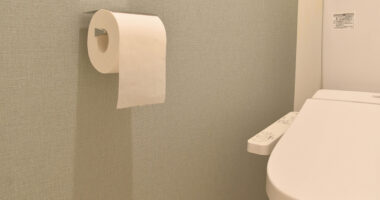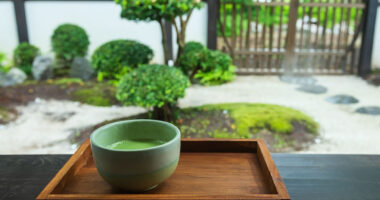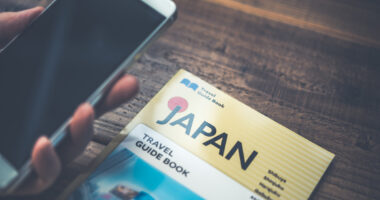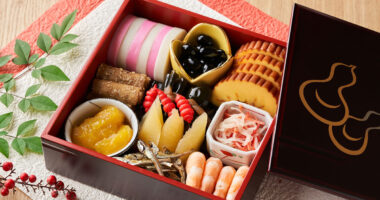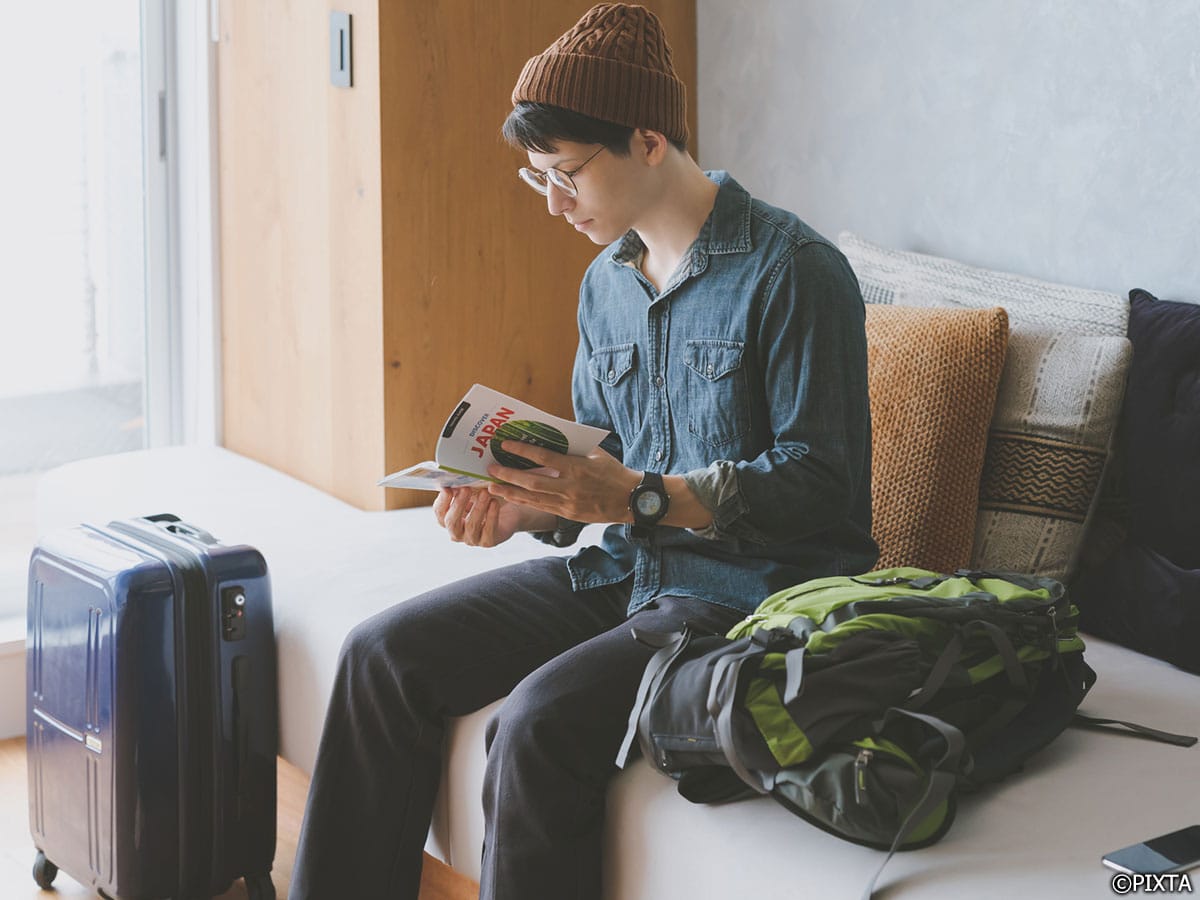- What is a Suica card and why do you need one?
- IMPORTANT: Are regular Suica cards available? The 2023-2025 situation
- How to buy a Suica card in Tokyo (for international tourists)
- Where to buy them: A step-by-step guide for airports & stations
- How to add a Suica card to your phone (Mobile Suica)
- How to add money (recharge) your Suica card
- Can you use a Suica card in Kyoto, Osaka, and other cities?
- Beyond trains: Where else can you use your Suica?
- Suica card FAQ for travelers
- The Final verdict: What’s the best choice for your trip?
Planning a trip to Japan means getting ready for one of the best public transit systems in the world. It’s clean, punctual, and extensive. But buying a paper ticket for every single ride? That’s a hassle you don’t need.
Enter the Suica card. This rechargeable smart card is your key to unlocking Japan’s transit system with a simple tap. But recent changes have made getting one a bit confusing for tourists.
Don’t worry. This guide has the most up-to-date 2025 information to walk you through everything: which card to get, how to buy it in Tokyo, how to add money, and yes, how to use it in Kyoto and beyond. Let’s get you traveling like a local.
What is a Suica card and why do you need one?
Think of a Suica card as a prepaid debit card for travel and small purchases. Instead of calculating fares and fumbling with cash, you simply tap your card on a reader at the ticket gate and the correct fare is deducted automatically.
For tourists, the benefits are huge:
- Saves time: Skip the long lines at ticket machines.
- Convenience: Use it on trains, subways, buses, and even for purchases.
- Stress-free: No more trying to figure out complex fare maps in Japanese.
- Wide acceptance: It works in most of Japan’s major cities
IMPORTANT: Are regular Suica cards available? The 2023-2025 situation
This is the most critical piece of information for tourists right now. As of 2025, sales of standard, anonymous physical Suica cards are still suspended.
Why were sales stopped?
Due to a global semiconductor shortage, the companies that produce the chips for Suica and Pasmo cards had to halt production of the regular green Suica cards.
What are the alternatives for international tourists?
Thankfully, there are excellent, tourist-specific alternatives available:
- Welcome Suica: A special card for international tourists that doesn’t require a deposit.
- Pasmo Passport: A similar tourist card from a different operator (functionally identical).
- Mobile Suica: A digital version on your smartphone (perfect for iPhone users).
This guide will focus on these options to ensure you get the right card for your trip.
How to buy a Suica card in Tokyo (for international tourists)

Photo for illustrative purposes
You can no longer grab the standard green Suica from any machine. Here’s how to get the tourist-friendly versions upon arrival.
Option 1: The “Welcome Suica” (the best physical card for tourists)
The Welcome Suica is designed specifically for visitors. It’s red and features a cherry blossom design.
- No deposit: You don’t pay the 500 JPY deposit required for regular cards.
- 28-day validity: The card is valid for 28 days from date of purchase.
- Information card: You’ll receive a reference paper with your card’s validity period. Don’t lose it!
Option 2: The “Pasmo Passport” (a nearly identical alternative)
If you can’t find a Welcome Suica, the Pasmo Passport is your next best bet. It works exactly the same way across the same network.
- Issue fee: Requires a non-refundable 500 JPY issuing fee.
- 28-day validity: Also expires after 28 days.
- Cute Sanrio design: It often features characters like Hello Kitty!
Where to buy them: A step-by-step guide for airports & stations
You can buy a Welcome Suica or Pasmo Passport at major entry points into Tokyo.
At Narita (NRT) or Haneda (HND) Airport
- After clearing customs, look for the JR East Travel Service Center or ticketing office.
- You can also find dedicated vending machines for the Welcome Suica. They are usually located near the train ticket gates for the Keisei Skyliner or Narita Express.
- Have your passport ready, as they may need to verify your tourist status.
- Choose your initial load amount (e.g., 2,000 JPY, 3,000 JPY). We recommend starting with 3,000 JPY per person.
How to add a Suica card to your phone (Mobile Suica)

Photo for illustrative purposes
Want to skip the physical card entirely? Mobile Suica is a fantastic option, especially for iPhone users.
For iPhone users: the easiest method
If you have an iPhone 8 or newer, this is the most convenient way to travel.
- Open the Wallet app on your iPhone.
- Tap the “+” button in the top-right corner.
- Select “Transit Card.”
- Search for and select “Suica.”
- Follow the prompts to add an initial balance using a credit or debit card stored in your Wallet (most Visa and Mastercard cards work).
For Android users: the reality for most tourists
Unfortunately, this is much more difficult. To use Mobile Suica, Android phones need a specific technology called Osaifu-Keitai (FeliCa), which is standard in Japanese phones but rare in models sold overseas.
Bottom line:
Unless you have a Japan-purchased Android phone, you will not be able to set up Mobile Suica. iPhone users should go mobile; Android users should get a physical Welcome Suica.
How to add money (recharge) your Suica card
Your card’s balance will eventually run low. Recharging, or “charging” as it’s called in Japan, is simple.
Step-by-step guide to using a ticket machine
You can do this at almost any train or subway station.
- Find any of the multi-function ticket machines. They have an “English” language button.
- Press the “English” button.
- Insert your Suica card into the slot labeled for IC cards.
- On the screen, select the “Charge” (or “Top Up”) option.
- Choose the amount you wish to add (e.g., 1,000 JPY, 2,000 JPY, 5,000 JPY).
- Insert cash into the machine. Note: Most machines do not accept credit cards for recharging.
- Take your card and your receipt. It’s done!
Recharging at konbini (convenience stores)
You can also recharge at the counter of any 7-Eleven, Family Mart, or Lawson. Simply hand the cashier your card and cash, and say chāji, onegaishimasu (“Charge, please”).
How to check your balance
- At the gate: When you tap your card to exit a station, the small screen on the gate will display your remaining balance.
- At a machine: Insert your card into any ticket machine to check the balance without having to add money.
Can you use a Suica card in Kyoto, Osaka, and other cities?

Photo for illustrative purposes
The simple answer: Yes!
This is one of the best features of the Suica. Thanks to a nationwide reciprocal agreement, your Suica card from Tokyo works perfectly in Kyoto, Osaka, Hiroshima, Fukuoka, Sapporo, and virtually every other major city in Japan.
The IC Card network explained
Japan has 10 major IC cards (like ICOCA in Kansai or Kitaca in Hokkaido). They are all now interoperable. If you see the generic “IC Card” logo at a train gate, bus validator, or shop, your Suica will work.
Pro-tip:
While you can use your Suica in Kyoto, you may not be able to recharge it on private railways or bus company machines that are not part of the JR network. For foolproof recharging, always use a machine at a JR station or a major convenience store.
Beyond trains: Where else can you use your Suica?
Your Suica is more than just a train pass. Look for the black-and-white IC card logo at:
- Konbini: Pay for snacks, drinks, and more.
- Vending machines: A huge number of drink machines are Suica-compatible.
- Coin lockers: Many station lockers are now operated by Suica, saving you the hassle of finding the right coins.
- Select restaurants and shops: Many fast-food chains, cafes, and drugstores accept Suica.
Suica card FAQ for travelers
- Can I get my money back from a Welcome Suica? No. Unlike the old regular Suica, the Welcome Suica is non-refundable. Be sure to spend your remaining balance on snacks or souvenirs before you leave Japan.
- What happens if I lose my Suica card? If you lose a physical Welcome Suica or Pasmo Passport, it’s like losing cash. The card and its balance cannot be recovered. If you lose your phone with Mobile Suica, you can restore it to a new device via your Apple ID.
- Is a Suica card better than a Japan Rail Pass? They serve different purposes. The Japan Rail Pass is for long-distance travel on Shinkansen (bullet trains) between cities. A Suica card is for local travel on subways, local trains, and buses within a city. Most tourists get both. (For more information about rail passes you can use to travel in Tokyo and beyond, see our article here)
- Does the Welcome Suica expire? Yes, it expires 28 days from its first use. You cannot extend it.
The Final verdict: What’s the best choice for your trip?
- For iPhone users: Mobile Suica is the clear winner. It’s convenient, easy to top up with a foreign credit card, and you can’t lose it unless you lose your phone.
- For Android users, families, or those who prefer a physical card: The Welcome Suica is your best friend. It’s easy to get at the airport and works flawlessly everywhere.
Ultimately, either option will make your journey through Japan incredibly smooth. By ditching paper tickets, you’ll save time and stress, leaving more room to simply enjoy the adventure. Tap, go, and explore!

